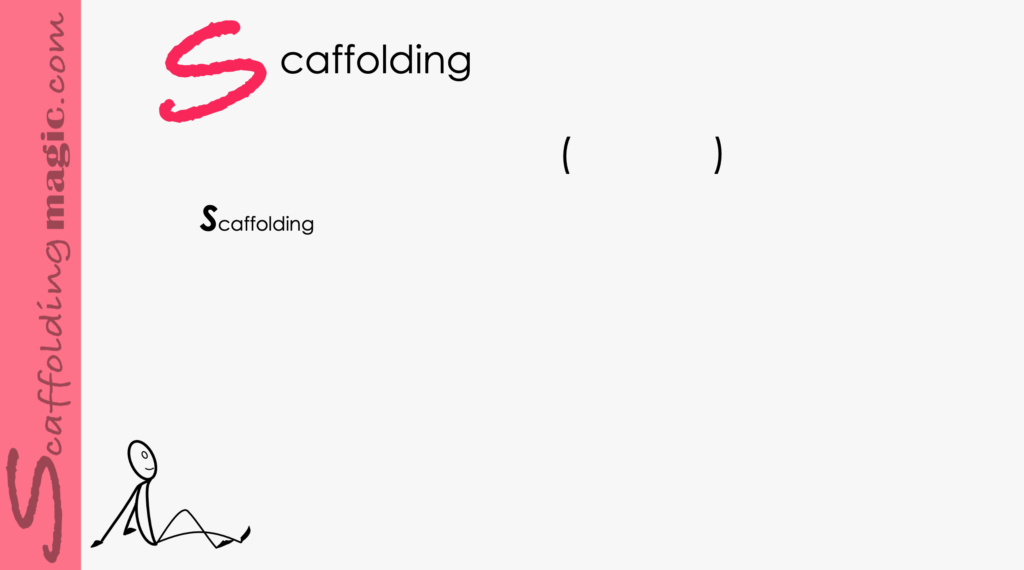You caught a beauty!!!
Download PDF of scaffold here.
Students in school systems where the teaching of grammar in an isolated manner (through tens of hundreds of repetitive exercises dedicated to highlighting the different linguistic functions in a sentence, out of any cohesive context), is not a priority, suddenly placed in a situation in which they have to dissect sentences and understand languages through differences in structure, will find the task challenging to say the least. And the question remains – is it necessary? Can a student understand the strength of a sentence and appreciate its meaning without being able to identify and label the words representing the subject and action phrase? On the other hand, do students in school systems that insist that the only way to learn a language – any and all languages – is by communicating in some way the overall syntax and grammar and dissecting sentences into functions, have a stronger grasp on structure but at the same time lose all interest in language and content?
The answer is that, to be the best educators we can be, we need to remember how essential language outcomes are in both language and content classes. Our lessons are stronger if we target, include and model pertinent grammatical structures.* Students will assimilate and be able to interact with information more readily if they are schooled in language and communication awareness at the same time. So, in both cases, we can blend the two methods by acknowledging the reality as it presents itself, and help to create lessons that support language learning, and are also dynamic and interactive.
This scaffold is one way of addressing this challenge. It will help your students to understand the different elements of a sentence in a cooperative, verbal and kinesthetic manner. The example we give below is from an article in a social science class on the history of civil action in the United States, and you’ll see how you can adapt it easily to whatever lesson you’re planning.

Download Scaffold in Word
Download Scaffold in PDF


Scaffoldingmagic.com is your entryway into DYNAMIC bilingual learning methodologies, such as Phenomenon-Based Learning, CLIL, EMI, and ESL. You’ll find ways to implement critical thinking tools (DOK) to promote higher level thinking, the growth mindset, instill an ethic of excellence, deep reflection on learning, and all through multi-cultural, interdisciplinary activities. We have the keys to turning competences into action and to creating collective efficacy in your school so you move ahead as a unified, enthusiastic team.



